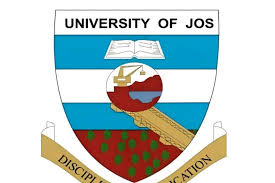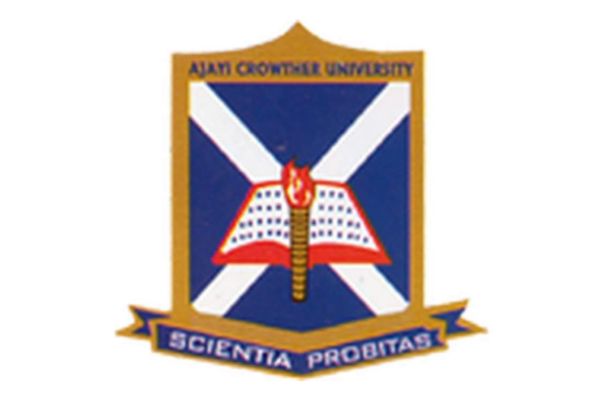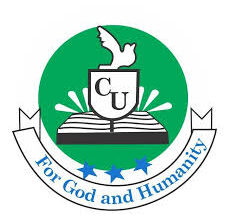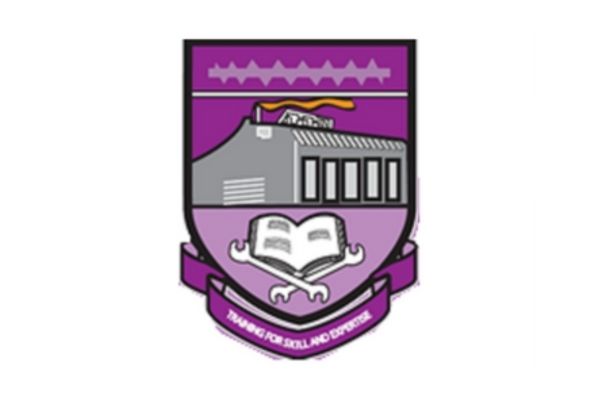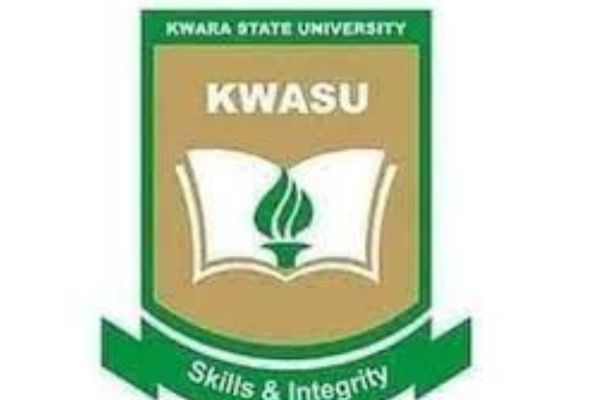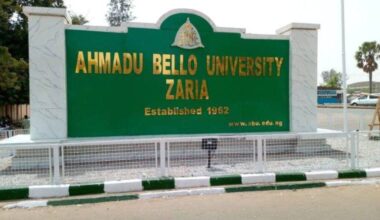The University of Jos (UNIJOS), established in 1975, is one of Nigeria’s leading institutions of higher learning. Known for its diverse academic programs, rich cultural heritage, and commitment to excellence, the university has continued to attract students from across the country and beyond. As with many universities globally, the cost of education has steadily increased over the years, with institutions striving to maintain quality while dealing with inflationary pressures and rising operational costs. The issue of school fees has become a significant topic of discussion among students, parents, and university management, especially as the financial demands of tertiary education grow.
School Fee For UNIJOS New and Returning Students
The University of Jos (UNIJOS), a prominent federal institution in Nigeria, has released the school fees schedule for both new and returning students for the 2024/2025 academic session. Understanding the fee structure is crucial for students and guardians to plan effectively for the academic year.
Undergraduate School Fees
UNIJOS does not charge traditional tuition fees; instead, students are required to pay school charges associated with various institutional services. The fees differ based on the student’s level and the nature of their program.
For New Students:
- Without Laboratory/Studio/Workshop (With GST):
- First Installment: ₦130,000
- Second Installment: ₦10,000
- Total: ₦140,000
- With Laboratory/Studio/Workshop (With GST):
- First Installment: ₦130,000
- Second Installment: ₦35,000
- Total: ₦165,000
For Returning Students:
- Without Laboratory/Studio/Workshop (Without GST):
- First Installment: ₦95,000
- Second Installment: ₦10,000
- Total: ₦105,000
- Without Laboratory/Studio/Workshop (With GST):
- First Installment: ₦100,000
- Second Installment: ₦10,000
- Total: ₦110,000
- With Laboratory/Studio/Workshop (Without GST):
- First Installment: ₦95,000
- Second Installment: ₦35,000
- Total: ₦130,000
- With Laboratory/Studio/Workshop (With GST):
- First Installment: ₦100,000
- Second Installment: ₦35,000
- Total: ₦135,000
Postgraduate School Fees
For Nigerian postgraduate students, the fee structure is as follows:
- Postgraduate Diploma (PGD):
- Total: ₦240,500
- Master’s Degree:
- Total: ₦270,500
- Master of Business Administration (MBA):
- Total: ₦290,500
- Ph.D.:
- Total: ₦232,500
These amounts cover various charges, including acceptance fees, tuition, departmental fees, and medical fees. Additional charges may apply for services such as repeat examinations, ID card replacements, late registration, and hostel accommodation.
Payment Procedures
To facilitate a smooth registration process, UNIJOS has outlined the following steps for fee payment:
- Access the University Portal:
- Visit the official UNIJOS website at www.unijos.edu.ng.
- Navigate to the ‘PORTAL’ section and select ‘Students’ Portal.’
- Login Credentials:
- Enter your registered email address and password to access your personalized dashboard.
- Fee Management:
- On the dashboard, click on the ‘Fee Management’ menu.
- Choose ‘Pay School Charges’ from the dropdown options.
- Payment Selection:
- On the payment page, select the appropriate fee category (e.g., School Charges, Acceptance Fee).
- Follow the prompts to complete the payment process.
Historical Context of School Fees at UNIJOS
Recent events at UNIJOS highlight a larger pattern in Nigerian higher education, where institutions are finding it difficult to continue offering high-quality instruction in the face of budgetary constraints. It will be essential for the university to find a balance between upholding its academic standards and making sure that education is still available to all students while it attempts to adjust to these changes. To create long-term solutions that meet the institution’s financial needs as well as the accessibility of higher education for a varied student population, the university must keep interacting with stakeholders, such as parents, students, and government representatives.
Conclusion
The University of Jos (UNIJOS), one of Nigeria’s most prominent public universities, has been at the forefront of higher education in the country since its establishment in 1975. Known for its rich academic history and diverse student body, the university has continuously adapted to the changing educational landscape. As one of the key institutions of learning in Nigeria, UNIJOS has been instrumental in shaping the intellectual and professional development of students, making it a sought-after destination for those pursuing tertiary education. However, as with many universities globally, maintaining high standards of education and infrastructure has increasingly become more costly.
In recent years, the financial structure of public universities in Nigeria, including UNIJOS, has been under significant strain. With the rising cost of living, inflation, and a decrease in government funding for education, universities have had to seek alternative means of sustaining their operations. One of the most visible and impactful measures taken by many institutions has been the adjustment of school fees, with several universities, including UNIJOS, announcing sharp increases. These fee hikes are often seen as a necessary step to ensure that universities can continue to offer quality education and maintain their facilities, but they also raise concerns about accessibility and affordability.
The 2023 fee increment at UNIJOS, which saw a more than 300% rise in school fees for some students, has sparked intense debate within the university community. Students, parents, and faculty have expressed mixed reactions to the increase, with many questioning the fairness of such a substantial rise. While the university administration defends the fee hike as essential for improving academic and infrastructural quality, critics argue that it could put tertiary education out of reach for many students, particularly those from economically disadvantaged backgrounds. This article aims to delve into the context, reasons, and implications of this recent fee increase, examining its potential impact on the student population.
The decision to increase school fees is never easy, and at UNIJOS, it has come with considerable controversy. The university has emphasized that the additional funds will be used to upgrade facilities, improve learning resources, and enhance the overall student experience. However, the financial burden this places on students is significant, and many are concerned that the increase will disproportionately affect those already struggling with the costs of education. In this article, we will explore the various factors that contributed to the decision to raise school fees and discuss the reactions from different stakeholders within the university.
As the university moves forward with its new fee structure, the broader implications for Nigerian higher education must also be considered. UNIJOS’s fee increase is not an isolated case; many other Nigerian universities have similarly raised their fees in response to economic pressures. This article will also look at the wider implications of these developments on the accessibility of education in the country and explore potential solutions to ensure that quality education remains within reach for students from all walks of life. Through this analysis, we hope to shed light on the ongoing challenges faced by Nigerian public universities and the complex balance between maintaining academic excellence and ensuring affordability.

